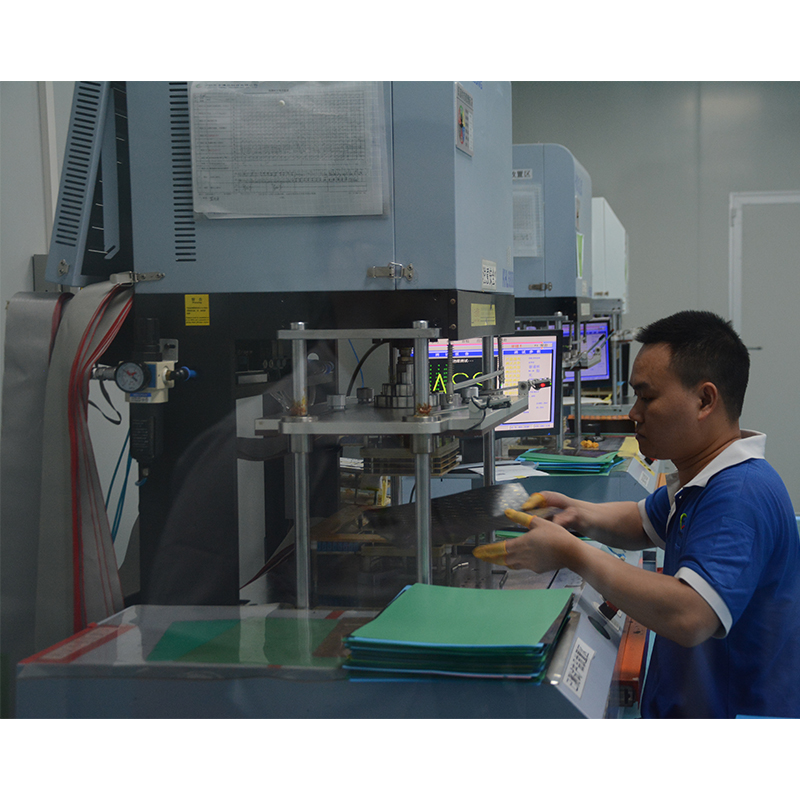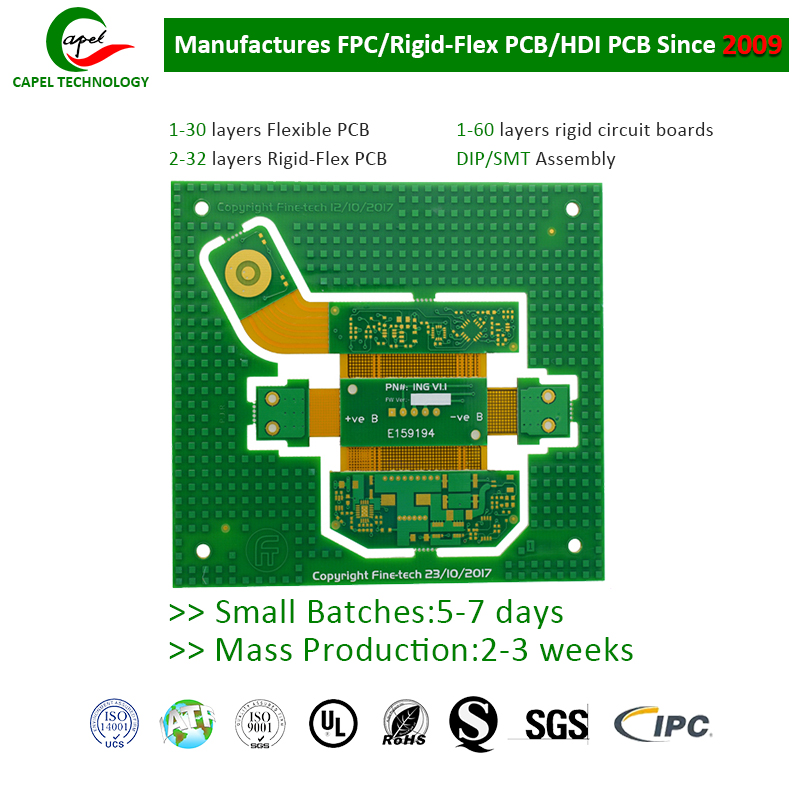Have you ever wondered how to test the functionality of a rigid-flex circuit board? Don’t hesitate any longer! In this blog post, we will explore different methods and strategies to ensure proper operation of rigid-flex circuit boards. Whether you are a seasoned professional or new to the field, these tips and techniques will help you effectively test the functionality of rigid-flex circuit boards.
Before we dive into the various testing methods, let’s briefly define what a rigid-flex circuit board is. Rigid-flex circuit boards are a combination of rigid and flexible circuit boards, creating a hybrid design that offers the best of both worlds. These boards are typically used in applications where space is limited and durability and reliability are critical.
Now, let’s move on to the main topic of this article – testing the functionality of rigid-flex circuit boards. There are several tests you can perform to ensure your board is functioning as expected. Let’s explore some of these tests in detail.
1. Visual inspection for rigid flexible circuit boards:
The first step in testing the functionality of a rigid-flex circuit board is to visually inspect it for any physical damage or manufacturing defects. Look for any signs of cracks, breaks, welding issues or abnormalities. This is an important initial step in identifying any visible issues that may affect the overall functionality of the board.
2. Continuity test rigid flexible pcb boards:
A continuity test is performed to check that the electrical connections on the circuit board are intact. Using a multimeter, you can quickly determine if there is a break or open in a conductive trace. By probing the different connection points, you can ensure the circuit is complete and signals are flowing correctly.
3. Impedance test for rigid flex boards:
Impedance testing is critical to verify that the impedance values of traces on a circuit board are within specified limits. This test ensures that the signal is not affected by any impedance mismatch, which could otherwise cause signal integrity issues.
4. Functional testing for rigid flexible printed circuit boards:
Functional testing involves validating the performance of a circuit board by testing its various functions. This can include testing inputs and outputs, running specific programs or code, and simulating real-life scenarios to ensure the board operates as expected.
5. Environmental testing for rigid flex pcb circuit boards:
Rigid-flex circuit boards are often exposed to varying environmental conditions. Therefore, environmental testing is necessary to evaluate the performance of circuit boards under various conditions such as temperature, humidity, vibration, or thermal stress. This testing helps ensure that the board can withstand the expected operating environment without any functional degradation.
6. Signal integrity test for ingid flexible circuit boards:
Signal integrity testing is performed to verify that the signal is transmitted through the circuit board without any distortion or interference. The testing includes analyzing signal quality and measuring parameters such as crosstalk, jitter and eye diagram to ensure optimal performance.
In addition to these specific tests, it is important to follow best practices during the design and manufacturing stages to ensure a higher chance of obtaining a well-functioning rigid-flex board. This includes thorough design review, proper material selection, and consistent quality inspections during manufacturing.
In summary:
Testing the functionality of a rigid-flex circuit board is a critical step in ensuring its proper operation. Through visual inspection, continuity testing, impedance testing, functional testing, environmental testing, and signal integrity testing, you can identify and resolve any potential issues that may affect the performance of your board. By following these testing methods and best practices, you can have confidence in the functionality and reliability of your rigid-flex circuit boards.
Post time: Sep-18-2023
Back








